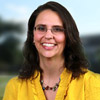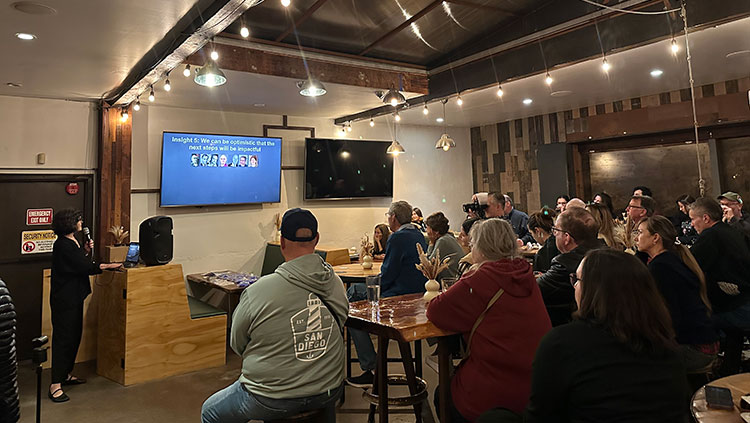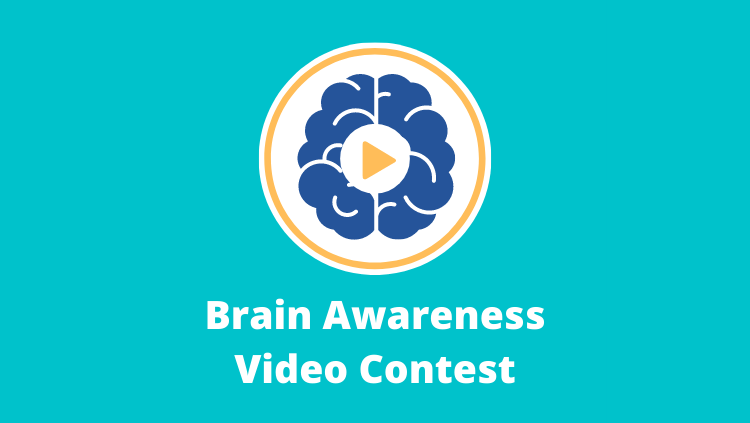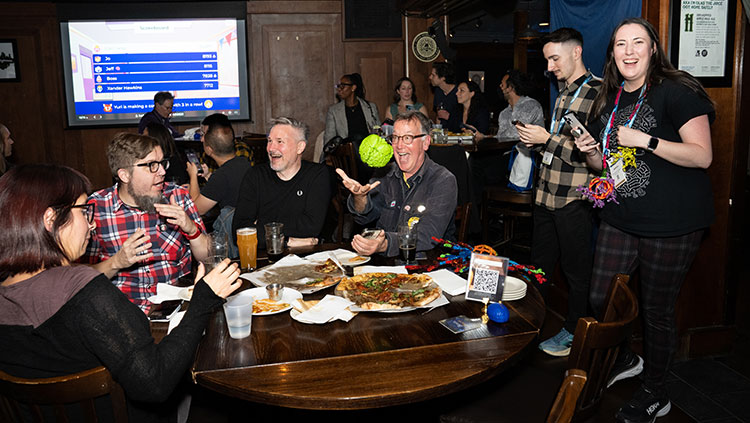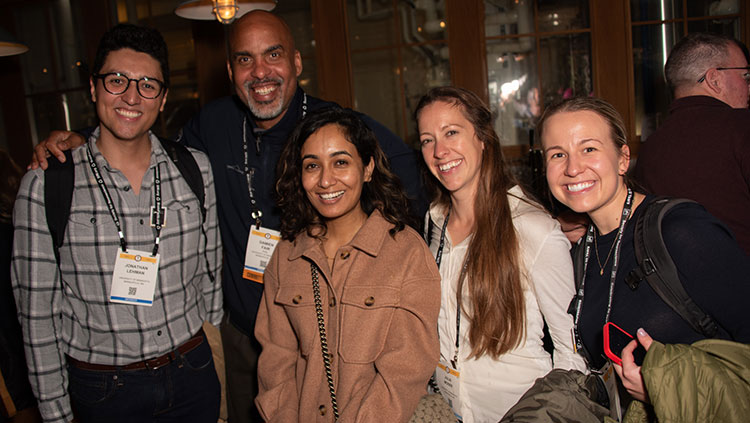Academics, Learning, and Outreach
- Published21 Oct 2014
- Author Leanne Boucher
- Source BrainFacts/SfN
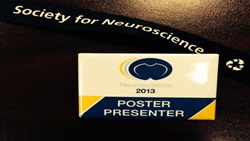
This month, thousands of neuroscientists around the world are preparing for our annual Big Event: The Society for Neuroscience conference. If last year is any indication, then by thousands, I mean more than 30,000 neuroscientists are getting their geek on to showcase the latest and greatest neuroscience research next month in Washington DC. I remember my first academic conference. I was in my first year of graduate school, but I was presenting my undergraduate honors thesis and was nervous as heck that someone at the conference would visit my poster and tell me how wrong I got everything. I did get everything wrong, but not in the way I thought I would.
You see, I had this idea about this group of people that are referred to as Academics. Academics were smart and intimidating people. Academics used big words and bigger concepts when they talked. Academics knew everything and were never, ever wrong. How could I, a lowly first year graduate student, even hope to communicate with these revered Academics? I was a bit terrified to say the least, and I know that many other first-timers feel the same.
For the uninitiated, academic conferences are similar to what I imagine business conferences are like. There are talks from people in- and out- of the field, there are vendors trying to sell you stuff, and there are poster presentations of research. Think science fair, but much bigger and with better experimental design and statistical analyses.
Each conference is slightly different; at SfN, presenters are assigned a four hour block in which to display their research and they are assigned 1 hour within that time block where they are required to be by their poster to answer questions for anyone who comes along. There are also talks. Lots of talks. There are short 15 minute talks and long hour long talks. There are panel discussions and round table discussions. There are the keynote speakers and the mini-symposiums. Talks and poster presentations go on simultaneously and there’s a lot to choose from. It can make one dizzy if you haven’t planned ahead.
I’ve given both talk and poster presentations and I enjoy poster presentations far more. It gives me a chance to talk with more people and explore more of the nuances in my research. It also leaves the presenter a bit more vulnerable to attack – aka constructive criticism – than a talk since there is much more of a one-on-one conversation at a poster presentation than at a talk. So it is with this set up that I want to recount my first ever conference experience. I got the convention center early the day I was presenting and set up my poster as soon as I was allowed. Then I walked away and I stared at my poster from across the aisle. I waited for someone to come by.
Finally, someone did. I walked over and asked them if they had any questions. They did. We talked about some if the interesting things I had found, and about some of the issues in the data. After about 10 minutes, I looked at the person’s name badge and I was shocked at who I was talking to. Without naming names, it was as though I was talking to Robert De Niro or Helen Mirren. The person was a senior academic in the field, a person whose work I read over and over, someone I admired greatly and here they were – talking to me! Asking me questions! Wondering what I thought! I learned a lot about neuroscience at that conference, but I learned even more about the field of Academia. It turns out that academics – even neuroscientists – are people too! They have families, they have outside interests, they play sports, and they even make mistakes. It seems strange to say this, because of course they are people too, but sometimes I think we place people on pedestals not because they deserve it, but because we don’t understand what they do. Because we place them so high up, we deprive ourselves the opportunity to learn.
If you see academics as being on your level and so as being accessible, then you’re much more likely to learn from them. Once you do that, then you can place them as high as you want, have a conversation, and learn something. And believe it or not, they will learn from you as well. Even if you don’t go to academic conferences, you can still interact with academics. Plenty of us are science advocates, wanting to spread our scientific knowledge to the world without boundaries. I am involved in several outreach activities (beyond writing here at BrainFacts.org), and I know plenty of my colleagues are as well.
You can find us in libraries, museums, and lifelong learning institutes, in addition to colleges and hospitals, talking specifically about our research programs and generally about our field. We are also spreading the word about good science virtually on social media like Twitter and Facebook and on internet podcasts and shows like NEURO.tv. So if you are interested in science, get out there and learn from the experts! And if you’re preparing for your first SfN conference, good luck! I’ll see you there – come say hi!
CONTENT PROVIDED BY
BrainFacts/SfN
Also In Programs and Events
Trending
Popular articles on BrainFacts.org


